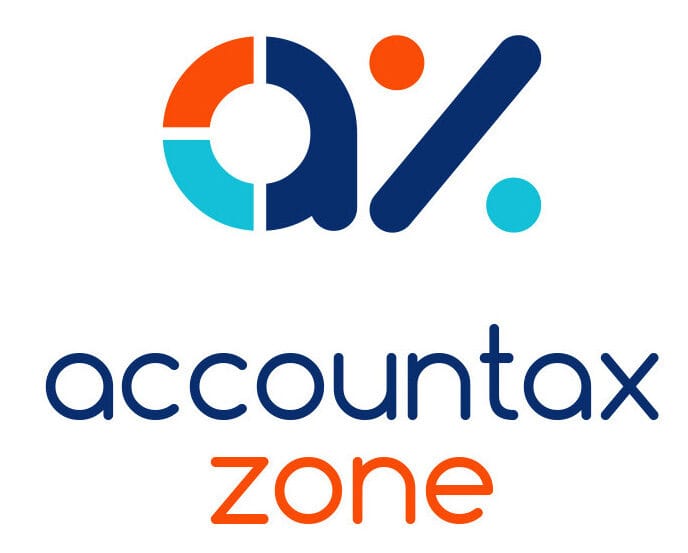Where a property has at some point been used as a main residence, certain periods of absence are, in some cases, treated as periods of residence for the purposes of Private Residence Relief (PRR). With a bit of careful planning, it is actually possible to take advantage of this to effectively minimise a taxable gain that might arise on the disposal of a property.
Three-year absence for any reason
One of the permitted absences is a period of absence of up to three years for pretty much any reason. This will, in fact, count as a period of residence, provided that the owner lived in the property as their main residence before the period of absence and also after the period of absence. This particular rule offers the potential to significantly reduce the capital gains tax bill on the sale of a former home, especially if it has been let out, by simply moving back into it before it is sold.
Example 1
Karen purchased a flat in January 2014 for £150,000. She lived in it until March 2022. She then purchased a new home, keeping the flat and letting it out. In 2024, she decides to sell both properties to buy a bigger home. She sells her house first, moving back into the flat in June 2024. The flat is sold for £400,000 and the sale completes in October 2024.
The flat was Karen’s main residence from January 2014 to March 2022. She was then absent from the property until June 2024 – a period of two years and three months, before living in the property again from June 2024 to October 2024 as her main residence.
As the period of absence was less than three years and was bookended by periods where the property was her main residence, the whole gain of £250,000 is sheltered by Private Residence Relief and there is no capital gains tax to pay.
Example 2
Harry bought a flat in January 2018 which he lived in for three years. He then bought a house with his girlfriend. The flat is let until it is sold in October 2024, realising a gain of £200,000. Harry owned the flat for six years and nine months (81 months) and occupied it as his main residence for three years (36 months). As the property had at one time been his main home, the final nine months of ownership will also qualify for PRR.
Consequently, the gain attributable to 45 months of ownership (£111,111) will be sheltered by Private Residence Relief (PRR). However, the remaining gain of £88,889 (attributable to 36 months’ ownership) will be chargeable to capital gains tax, subject to any available annual exempt amount and unused losses. Had he moved back into the property prior to sale, this gain could have been sheltered from capital gains tax.
You might also like to read: Selling House vs. Garden: Why Order Matters
Timing
Careful planning can further increase the exempt gain. Where a property has been lived in as a main residence at some point, the last nine months of ownership will, of course, qualify for Private Residence Relief. Consequently, while the property must be lived in again after the absence in order for it to attract relief, the owner can actually move out again up to nine months before disposal and still retain relief for that period. This, in turn, will allow for a period of up to three years and nine months during which the property was not occupied as a main residence to still benefit from PRR.
Partner note:










